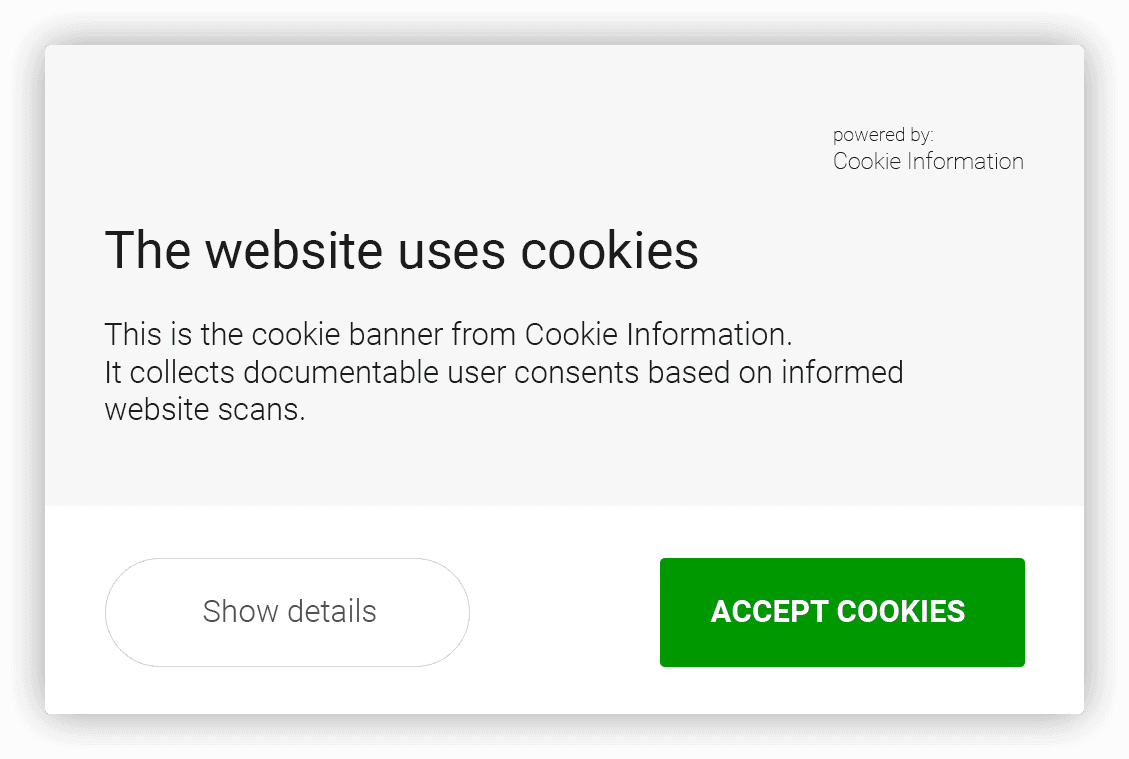Third-party cookies have served as a widespread facilitator for digital advertising since the mid-1990s for brands, agencies, browsers and publishers. However, concerns about digital tracking, surveillance, consent and privacy continue to escalate for both end-users and regulatory agencies. Factors intensifying these concerns include the Facebook privacy controversy, along with the proliferation of digital ads which mysteriously follow people around the web.
Third-party cookies vs. first-party cookies.
When a user chooses to visit a website and opts-in to accept cookies, that site places a first-party cookie on the user’s device to help remember a wide range of information which may include the person’s login, shopping cart items, location, etc. By contrast, a third-party cookie is placed on a user’s computer in the background without gaining consent — often the result of clicking on an online ad. The cookie then tracks that user while visiting and interacting with various websites.

Above: a typical website cookie banner.
A new phase in the tracking vs. privacy dilemma.
With backlash against ad tracking and digital surveillance at an all-time high, the major web browsers — Apple’s Safari, Mozilla Firefox and Google Chrome — have accordingly been phasing in the mitigation and elimination of third-party cookies over the past 5 years. In January 2020, Google announced it would block third-party cookies by default in their Chrome browser within two years. Since Chrome currently controls about 2/3 of the global browser market, third-party cookie tracking is on the precipice of becoming virtually extinct.
To help compensate for the disappearance of this ubiquitous tool, adtech companies on all sides of the $300+ billion digital marketing industry are working on and refining a number of proposed solutions for interest-based tracking including:
Browser-based models.
In this approach, information collected about the sites visited and content seen is saved to the user’s device. Based on that information, the user is assigned to a large “cohort” of unidentified prospects with similar interests — which can then be targeted in aggregate by brands and marketers.
First-party data tracking.
Already in use by large-scale brands and publishers, anonymous datasets from their own direct audiences are collected and segmented. Data can also be shared via direct partnerships to match reading interests, shopping habits and brand offerings — to help target ads more effectively.
Identity-based data tracking.
This approach involves the assignment of a unique ID to each opted-in web user by a central authority. The ID is an encrypted code that maintains anonymity for the user. While less robust than cookies in terms of the volume of data collected, the opt-in nature could result in more accurate data for targeting.
While the above proposed solutions and others continue to surface and develop, the virtual death of the third-party cookie is fast approaching. The time is now for brands and marketers to ramp-up and redouble their efforts to find effective tracking and targeting solutions that are also more transparent. This includes the need to explore creative methods for collecting first-party information, turning it into actionable data, and maximizing its ROI through strategic additive relationships with compatible goals and capabilities.

